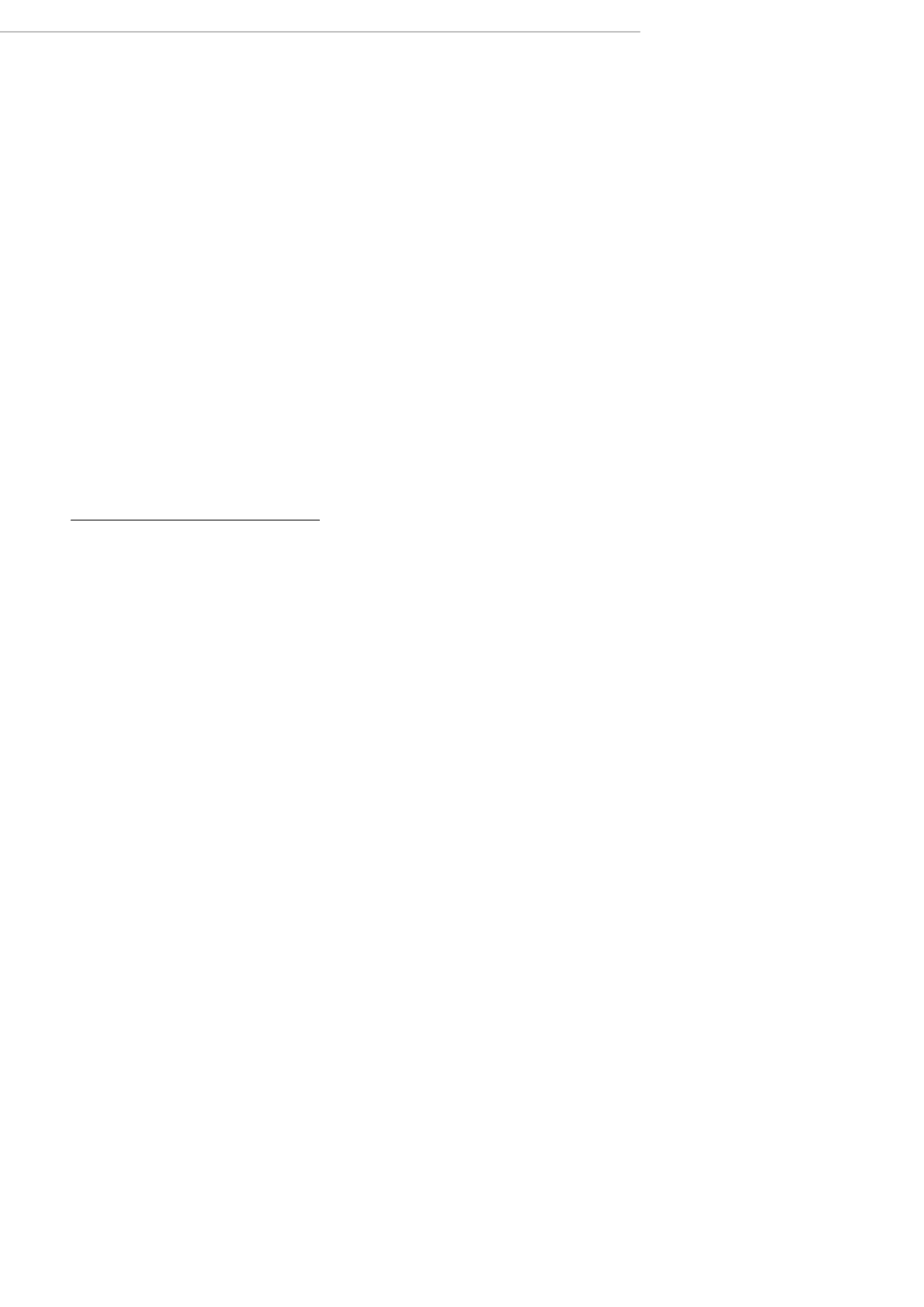

Impressionist & Modern Art
| 44
3241
CHAIM SOUTINE(Smilavichy 1893 - 1943 Paris)
Paysage du Midi. Circa 1919.
Oil on canvas.
Signed lower left: Soutine.
64.5 x 44.5 cm.
Provenance:
- Henri Bing, Paris.
- Paquereau, Paris.
- François Reichenbach, Paris.
- Paulette Jourdain, Paris.
- Galerie André Urban, Paris (from 1959/-).
- Paul Pétridès, Paris (-/November 1972).
- Art Collection Trust, Basel (November
1972/1985).
- Reuben and Edith Hecht Museum,
University of Haifa, Israel (1985 / May 31,
1990).
- Private collection, Switzerland.
Exhibitions:
- Paris, Galerie Charpentier, 1959, no. 46
(with label on the reverse).
- Münster, Westfälisches Landesmuseum
und Tübingen, London, Lucerne, 1981 to
1982, no. 40 (with colour image).
- New York, Gallery Bellman, 1983 to 1984,
no. 10 (with ill.).
Literature:
- Tuchman, Maurice / Dunow, Esti and
other: Chaim Soutine (1893 - 1943): Ca-
talogue Raisonné, vol. I, Cologne, 2001,
no. 30, p. 140 (with colour image).
- Courthion, Pierre: Soutine. Peintre du
déchirant, Lausanne, 1972, no. I, p. 224
(with different date and size).
We can make out rudimentary trees, a
path and houses in the background. The
landscape as a whole appears to curve. For
the viewer, the feeling is oppressive and
vertiginous. This is typical of the so-called
Céret phase of the work of Chaim Soutine.
Soutine visited the south for the first time
in the spring and summer of 1918, to-
gether with Modigliani, Foujita and the dea-
ler Léopold Zborowski. The trip coincided
with the bombing of Paris and was the first
time that Soutine had left the capital, after
having arrived there five years previously
as a Lithuanian migrant.
From 1919 to 1922 he lived mostly in Cé-
ret, a small town in the French Pyrenees,
where Picasso and Braque had painted
together at the beginning of the decade.
The picturesque, tiny villages in the south
of France with their old houses and gnarled
olive trees had already inspired many
artists, such as Renoir, who had lived there
for eleven years from 1908 until his death.
In this period Soutine often shows figures
in his landscape, as in the case here. On
the one hand, they establish the pictorial
scale, on the other hand he creates a
metaphorical depiction of the relationship
between man and nature. He wishes to
draw the viewer into the landscape, so that
they can move through it and breathe it in.
Overhead however, as ever, a threatening
character hovers – analogous to Soutine’s
own feeling of vulnerability as a Jew in
occupied France.
The present painting is a typical example
of Soutine’s wild, almost abstract lands-
capes. Painted with swooping, flourishing
impasto, a compact, almost claustropho-
bic scene is captured.
Maurice Tuchman writes: “In 1919-1922
Soutine created a group of works, which
are unique within the modern period: pic-
tures which emanate a vibrant, exuberant
feeling, and quite rightly might be descri-
bed as ecstatic.” (Tuchman, Dunow et al.:
Soutine, Cologne 2001, p. 46)
CHF 300 000 / 400 000
(€ 277 780 / 370 370)


















